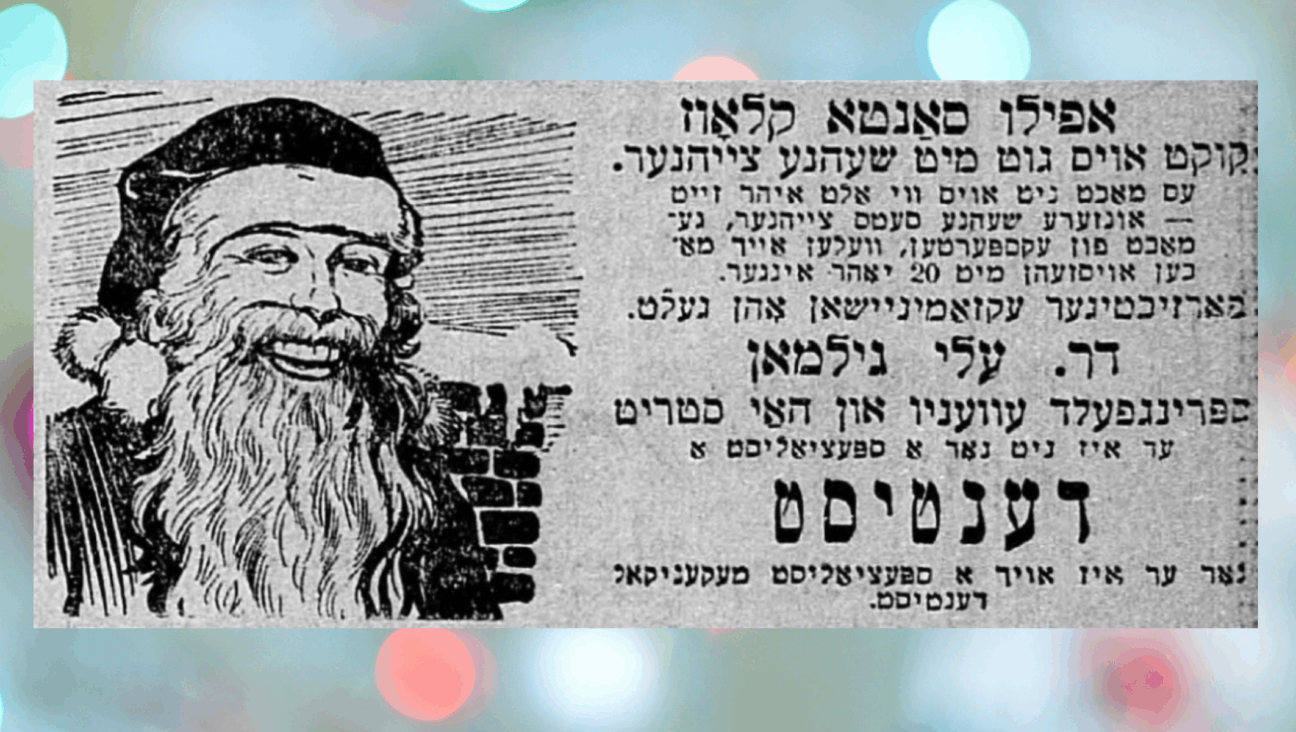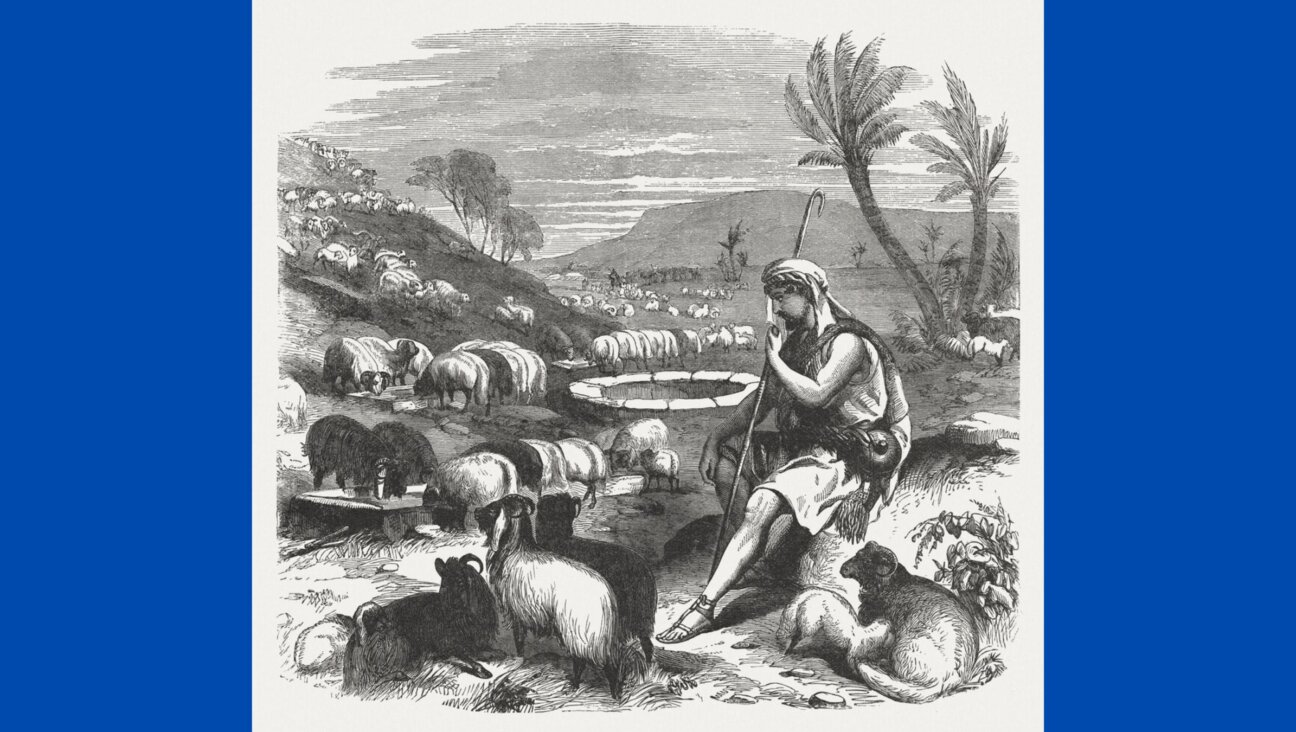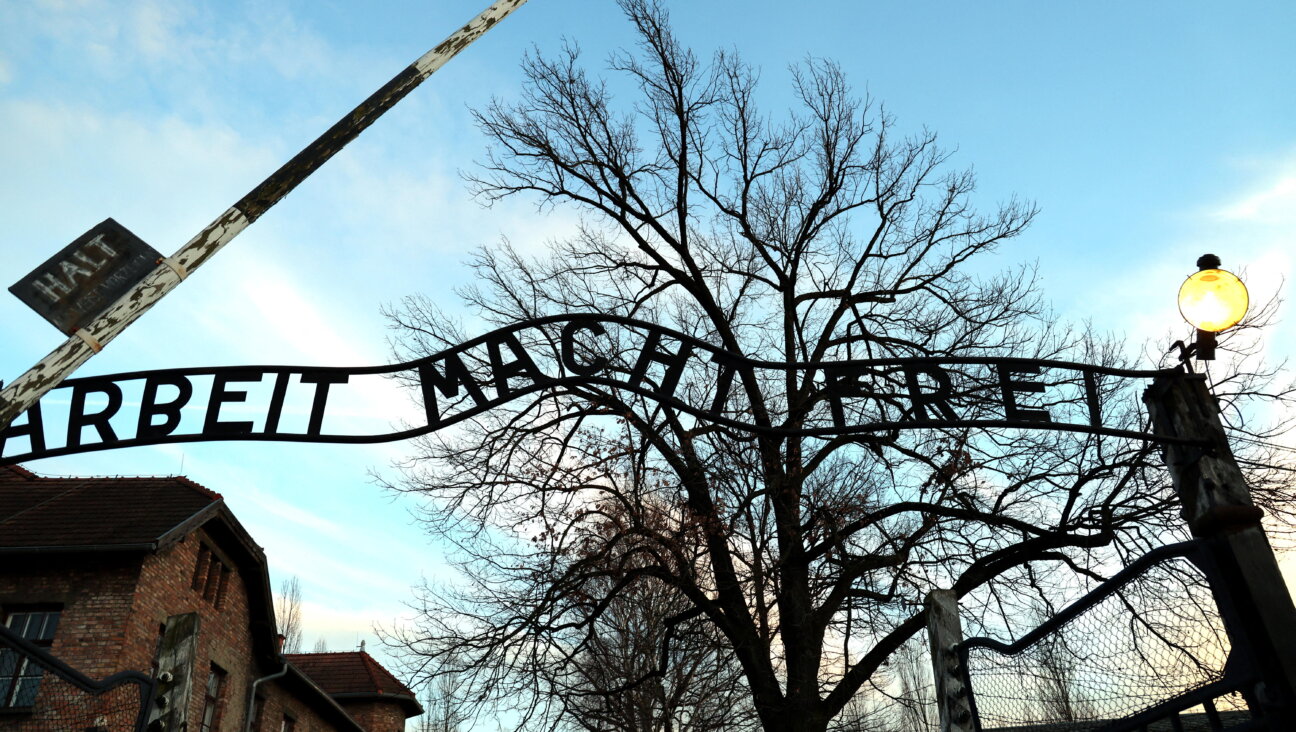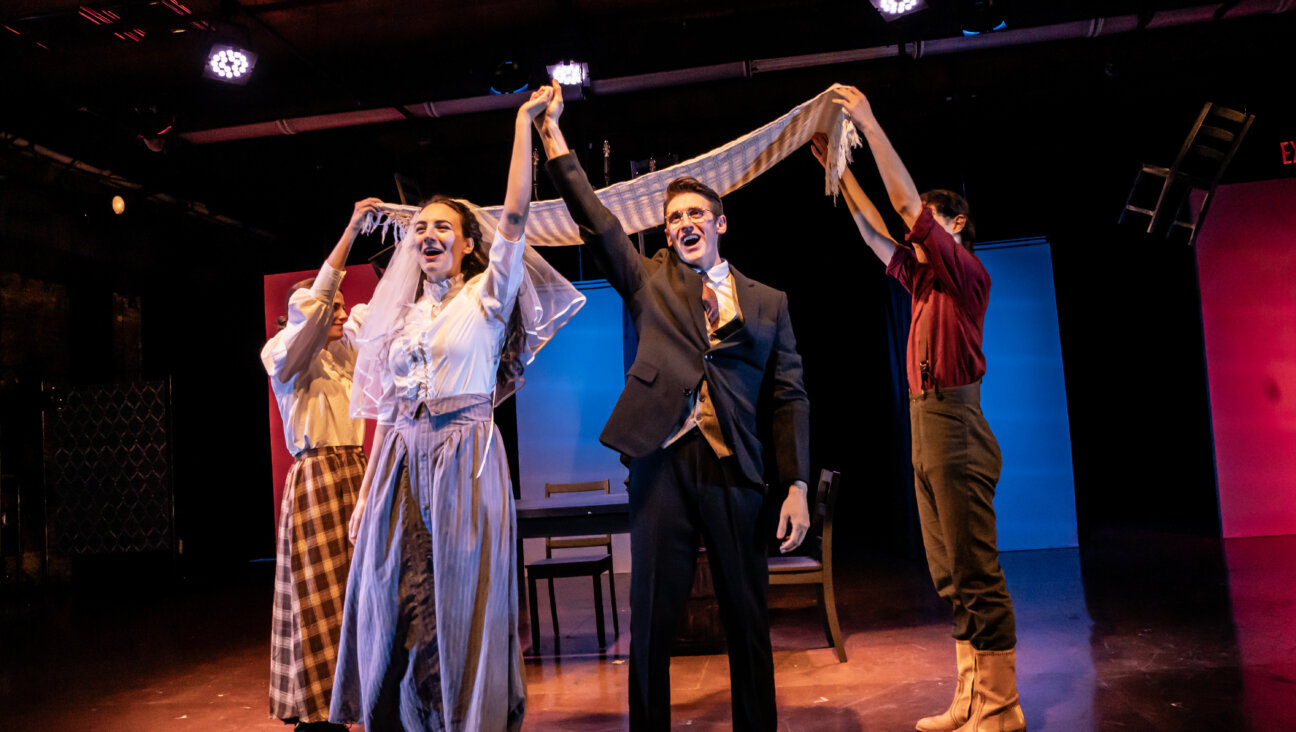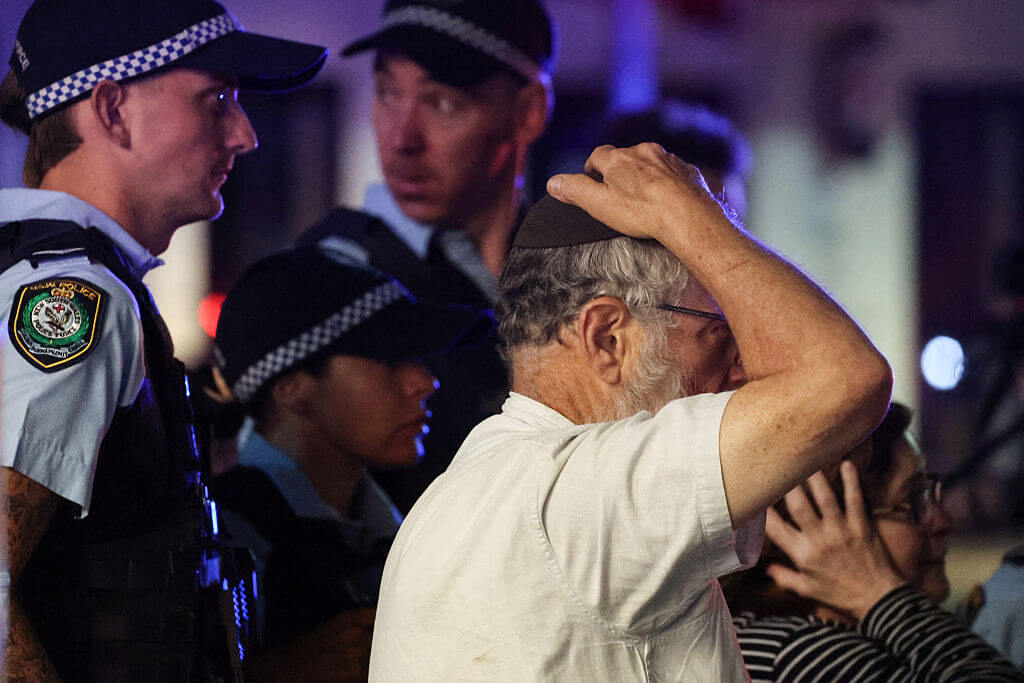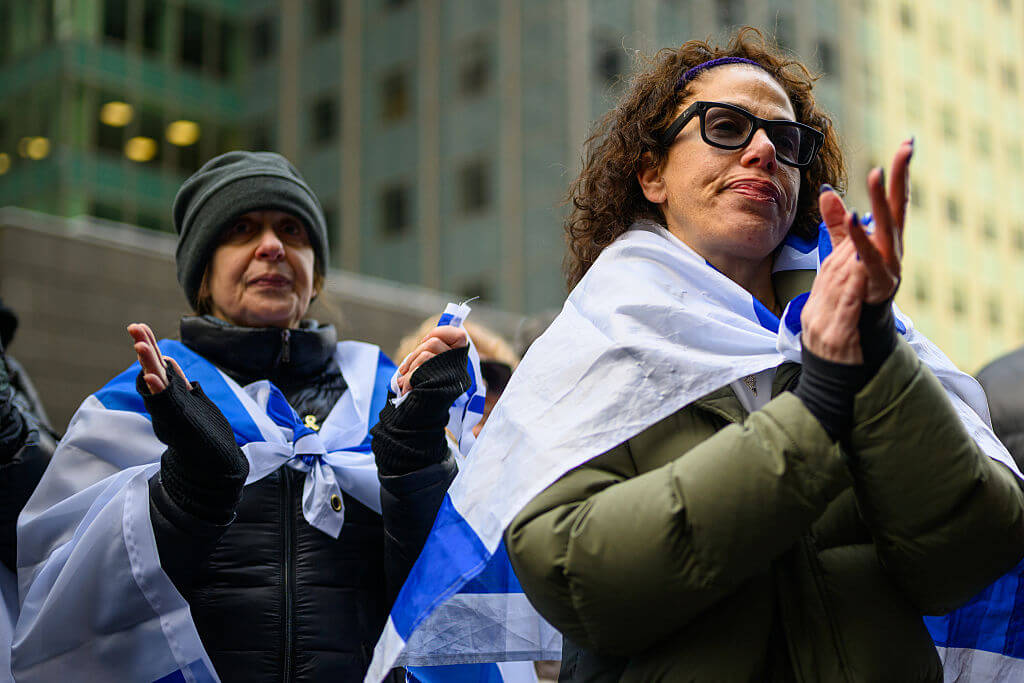How one Jewish woman fought the Nazis — and helped found a new Italian republic
80 years ago, Teresa Mattei fought with the resistance and went on to help write Italy’s constitution.
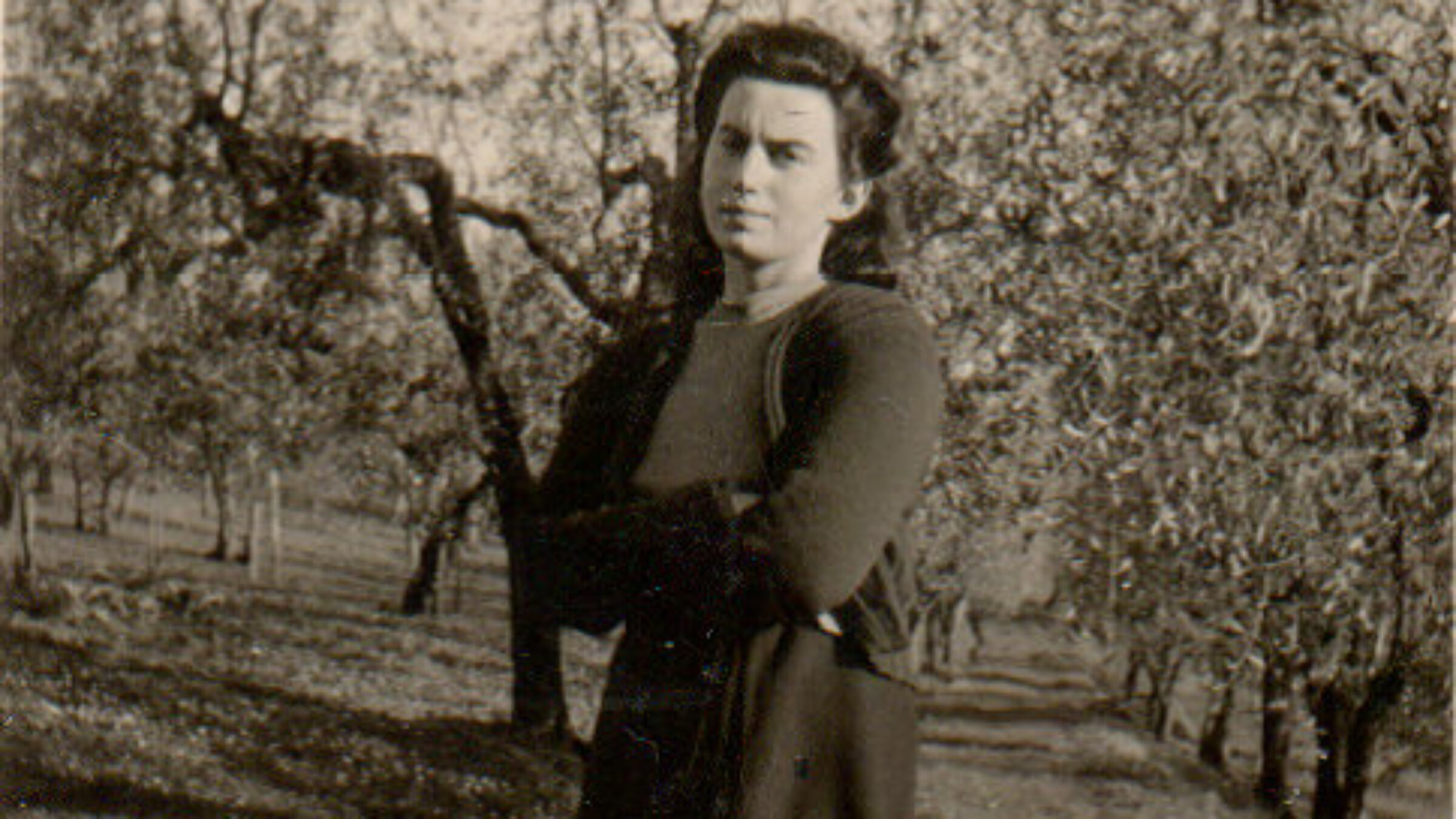
Teresa Mattei, seen here at the age of 20. Courtesy of Suzanne Cope
On Nov. 9, 1943, 22-year-old Teresa Mattei watched a train full of fellow Florentines pull out of Santa Maria Novella Station, bound for Auschwitz. On the train was Teresa’s former classmate Lascan, who was arrested with her family, and another friend Uzielli, who, Teresa recalled, “had a voice like an angel.” Few could have imagined the grim reality of where the people on the train were going — but even the worst that Teresa and others at the time could fathom was horrific enough.
Teresa’s maternal grandmother had escaped a pogrom in Lithuania and moved to Italy decades earlier. In 1913, Teresa’s mother Clara married Ugo, who was not Jewish, and together they had seven children. Under Mussolini’s “Racial Laws” — which were modeled after Hitler’s and were instituted beginning in 1938 — her immediate family was considered Catholic and not Jewish. But by Nazi law, Teresa’s mother was Jewish and she and her siblings were mischlinge — of mixed Jewish heritage — and subject to persecution. Now that Italy was an occupied territory of the Nazis, Teresa feared that she and her family could be targeted next.
As a girl, Teresa had often heard the story of the time Mussolini burst into her father’s office at the telephone company he had run in the years after World War I, when Mussolini, as the head of a conservative newspaper, was just setting his sights on political power. He had demanded to receive one of the first personal telephone lines and Ugo had refused. Mussolini attempted to threaten Ugo, who simply reached for the inert grenade he kept on his desk, a reminder of the horrors he had faced in World War I as an officer, which had turned him into a pacifist. Scared, Mussolini ran out of Ugo’s office, never to return. Ugo had always finished his story, as Teresa recounted, claiming “Mussolini was a great coward and that a thousand people in Italy would have been enough to chase him away.”
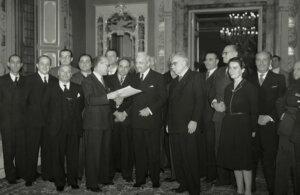
Her parents had long been critical of the Fascist regime, surrounding themselves with fellow anti-fascist and Jewish-Italian intellectuals like Leon and Natalia Ginzburg, the Rosselli brothers, Adriano Olivetti, and Piero Calamandrei. Inspired by their example, she would participate in numerous acts of resistance as a teen — helping to deliver anti-fascist newspapers hidden in bread pans, staging an impromptu walkout during a lesson on eugenics during high school, and even smuggling donations into France to support anti-fascist causes.
By those first months of the German occupation in the autumn of 1943, which began 45 days after Italy deposed their longtime dictator Benito Mussolini to negotiate a surrender to the Allied forces, Teresa was already part of the country’s burgeoning resistance. She joined other students in what was known as the Youth Front, just one of many groups coming together to fight fascism. The alternative parties to the Fascists collaborated and organized their own coalition while many men escaped worker deportations or the Fascist army draft to create a partisan army. Some stayed in the cities and organized into small guerrilla warfare cells, called Gappisti, who planned actions like bombing Nazi targets or sabotaging their communication or transportation.
Teresa became one of the few, trusted connections between resistance leader Bruno Sanguinetti and the Youth Front. She would meet with him to share intelligence from her connections around the city and he passed along instructions and warnings. She also debated him about whether women, who were already proving themselves indispensable to the resistance, should take on a more active role in this fight. With men disappearing from daily life and under increasing suspicion, women could generally move around more freely, transporting messages or munitions, or bringing food and supplies to the armies in hiding.
Over the following months of the German occupation, Teresa would take part in writing articles for underground newspapers, helping to lead political education meetings, and delivering the most sensitive messages between Bruno and other leaders and the partisan army. Often the young women couriers, known as staffette, would hide the messages in the frame of their bicycles or hems of their dresses, but Teresa preferred to memorize the information, singing it to herself like a song.
In February 1944, Teresa got word that her brother Gianfranco, a chemistry prodigy who had been leading the bomb-making efforts for the Roman resistance, had been arrested. She began hitch-hiking her way south with a draft of an underground newspaper sewn into the hem of her dress, to be with her parents who were in hiding in Rome as they awaited word about his fate. Outside of Perugia, the truck in which she was traveling was hit by air strafing and the driver was killed. Unhurt, Teresa began walking. Soon she was picked up by Axis soldiers and taken to a nearby base where, despite the lack of any evidence, she was accused of being a member of the resistance. Teresa would be raped and tortured for hours, thrown into a cell with a ruptured kidney and bruised face, and told she would be executed in the morning.
Miraculously, a Fascist soldier, disgusted by her treatment, helped her escape and she was able to make her way to a nearby convent where she recovered before she eventually reached Rome. Soon after she would receive news that her brother had killed himself, afraid that he would give up the location of his parents or other classified information when the Nazi torturers gave prisoners injections that caused delirium. His final note, that was delivered to her family by his cellmate who was one of the few to escape this horrific prison, was signed: “Be as strong and tough as I was. I love you.”
Teresa returned to Florence, where she joined the local Gappisti, placing bombs targeting Nazi and Fascist officers, and sabotaging German ammunition stores. When the Allied forces finally neared Florence on Aug. 11, 1944, Teresa helped lead partisan soldiers and other Florentines who wanted to push out the remaining Axis forces who were bent on looting anything of value from the city, destroying what they couldn’t take. At one point she was sent across the Vasari Corridor — the private passageway above the Ponte Vecchio, the last remaining link between the two sides of Florence after the Nazis had destroyed the remaining bridges — dodging the bombs placed in the mountain of rubble on each side of the bridge, to deliver some of the most sensitive messages during battle. With her help, Florence would be liberated days later.
Teresa Mattei left behind numerous interviews, testimonies, biographies, and archival material, which helped inform this story — she was but one of the women whose contributions to the Italian Resistance I wrote about in my book Women of War: The Italian Assassins, Spies, and Couriers Who Fought the Nazis. But her work did not end there. After the end of World War II, Teresa became the youngest woman elected to the Constituent Assembly of Italy, and helped write Italy’s constitution. She fought for the rest of her life for the rights of women, thereby earning the moniker “mother of the constitution.” She would marry Bruno after the war, and remain in the public eye as a politician and then feminist advocate until her death at age 92.
